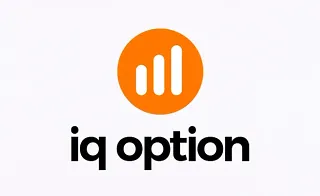Liquidity in forex refers to stop loss activation zones triggered by market algorithms and Smart Money.
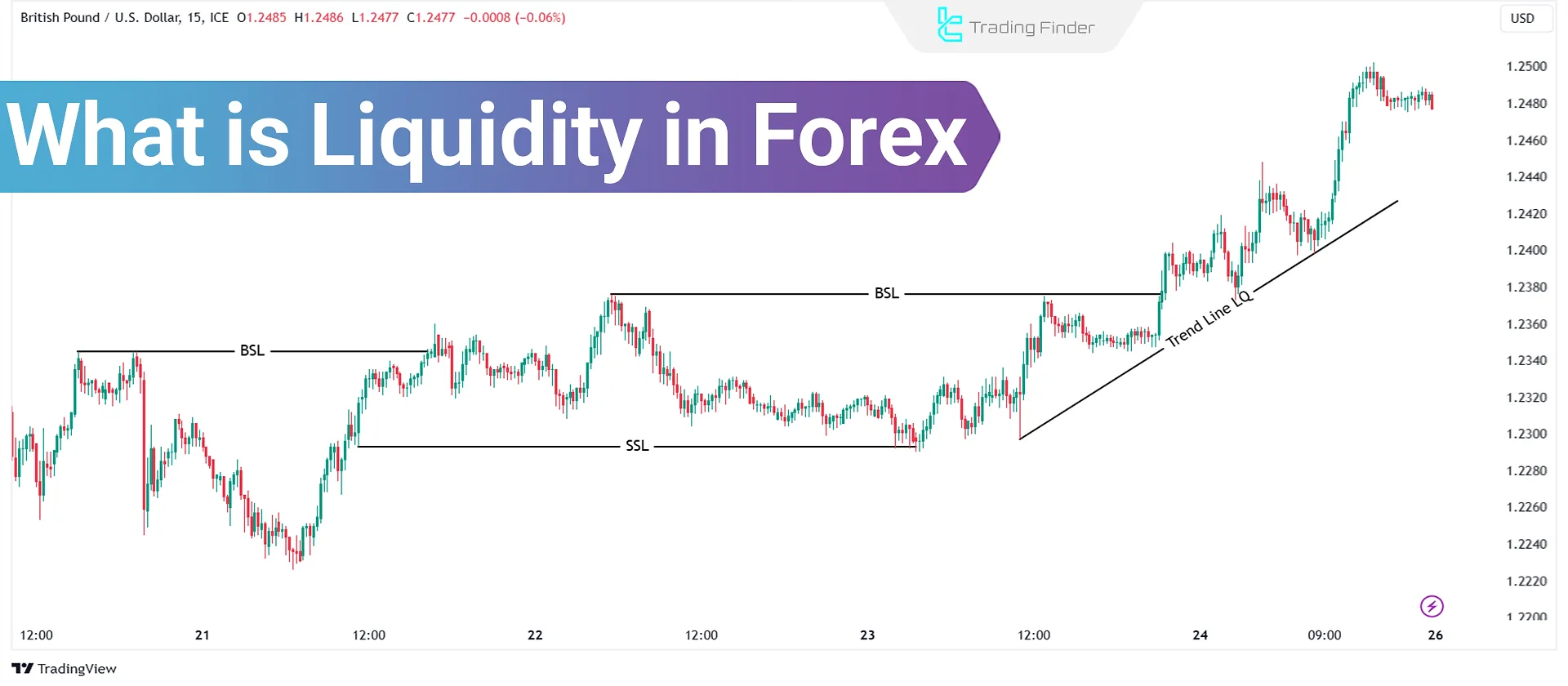
These areas often accumulate buy-stop and sell-stop orders, acting as liquidity sources in forex and driving significant bullish and bearish price movements.
What is Liquidity in Forex?
Liquidity in forex refers to the volume of available buy and sell orders in the market, which allows for smooth and quick trade execution. It is defined by the market's ability to absorb large orders without significant price changes.
These zones accumulate buy-stop and sell-stop orders and are classified into four main categories.
What Are the Types of Liquidity in Forex?
Liquidity in the forex market has various forms, which are utilized explicitly in Smart Money and ICT trading strategies. The main types of liquidity in forex:
- Buy-Side Liquidity
- Sell-Side Liquidity
- Internal Liquidity
- External Liquidity
Buy-Side Liquidity (BSL)
This type of liquidity consists of pending buy-stop orders placed by retail traders to protect their short positions.
In Smart Money and ICT trading, buy-side liquidity typically accumulates at previous highs, equal highs (EQH), and key resistance levels.
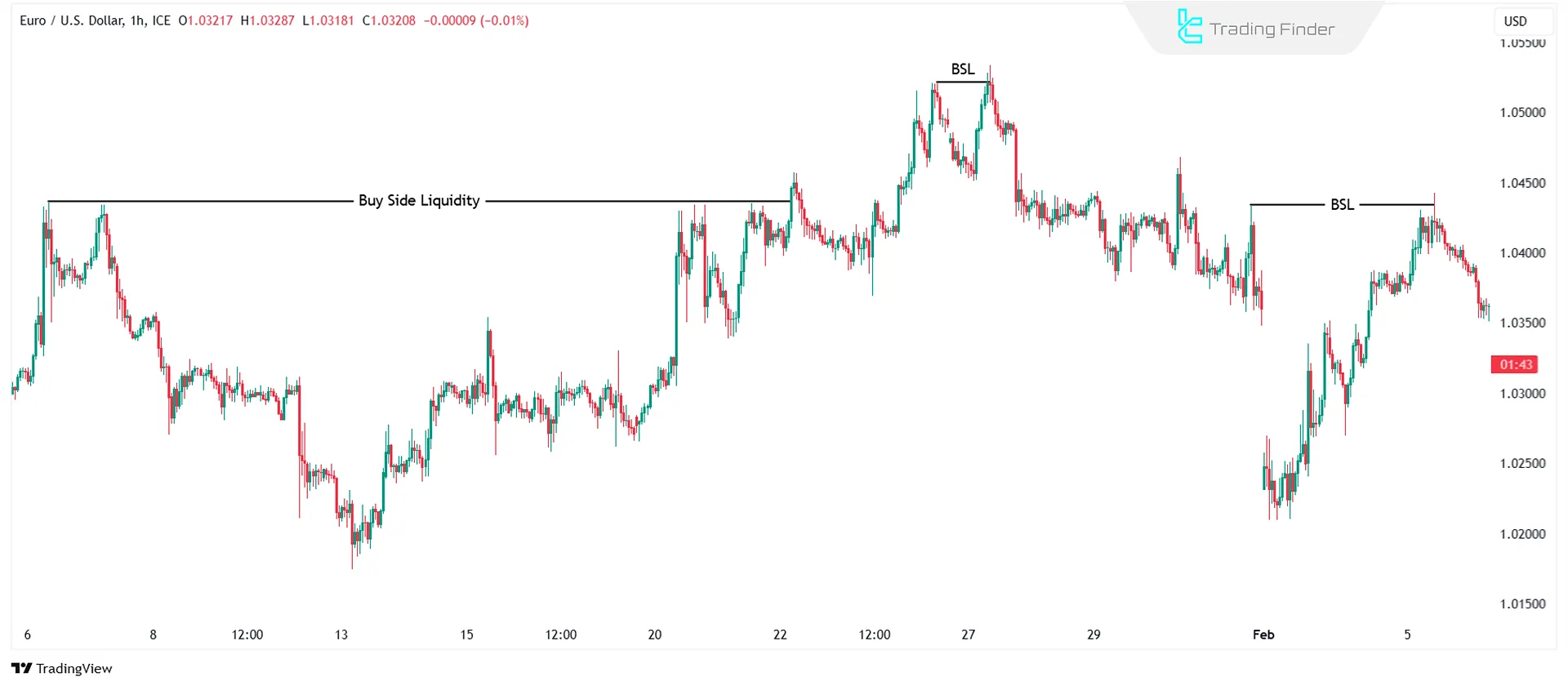
Sell-Side Liquidity (SSL)
Sell-side liquidity consists of pending sell-stop orders placed to protect long positions and is found near key lows.
Sell-side liquidity is usually observed at previous lows, equal lows (EQL), and key support levels.
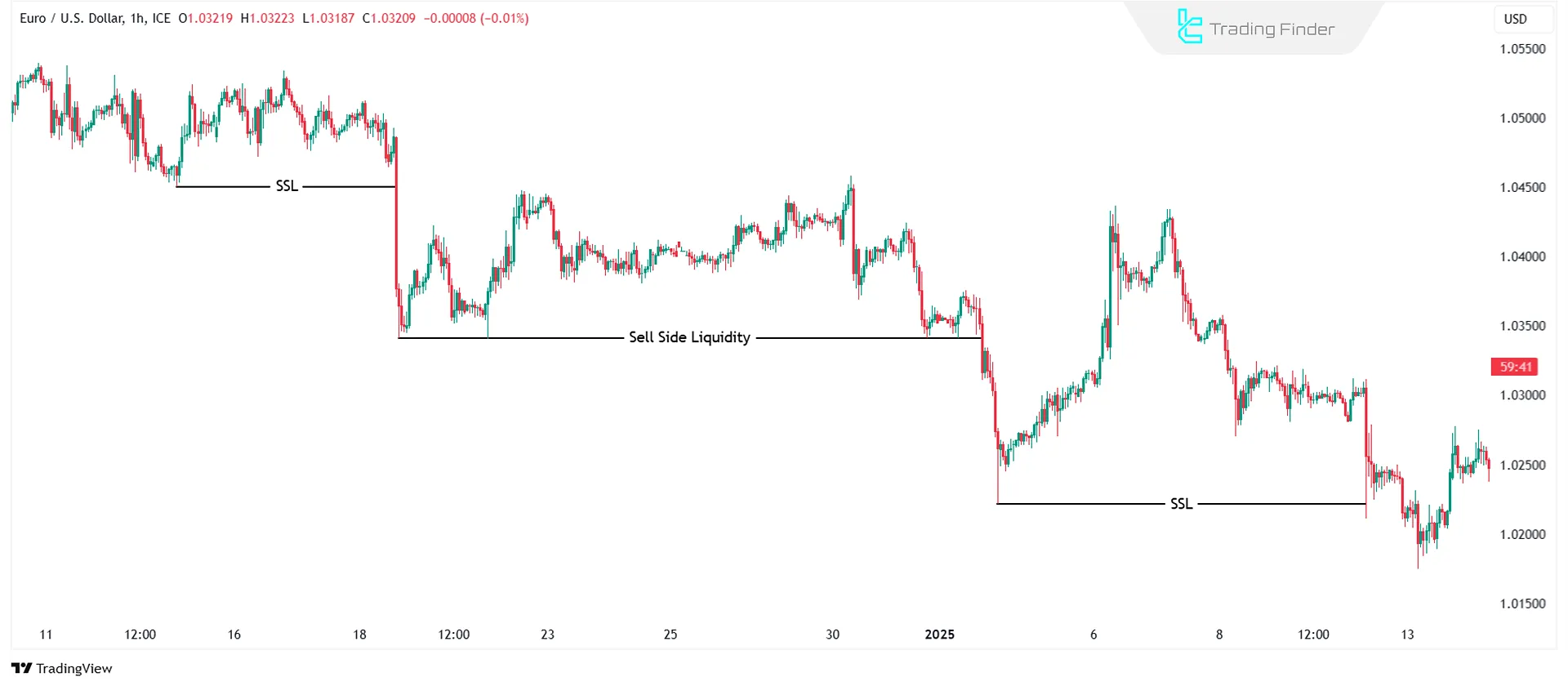
Internal Liquidity
Internal liquidity is formed by Fair Value Gaps(FVG) and Order Blocks(OB).
These zones serve as temporary price equilibrium areas before the price moves toward external liquidity.
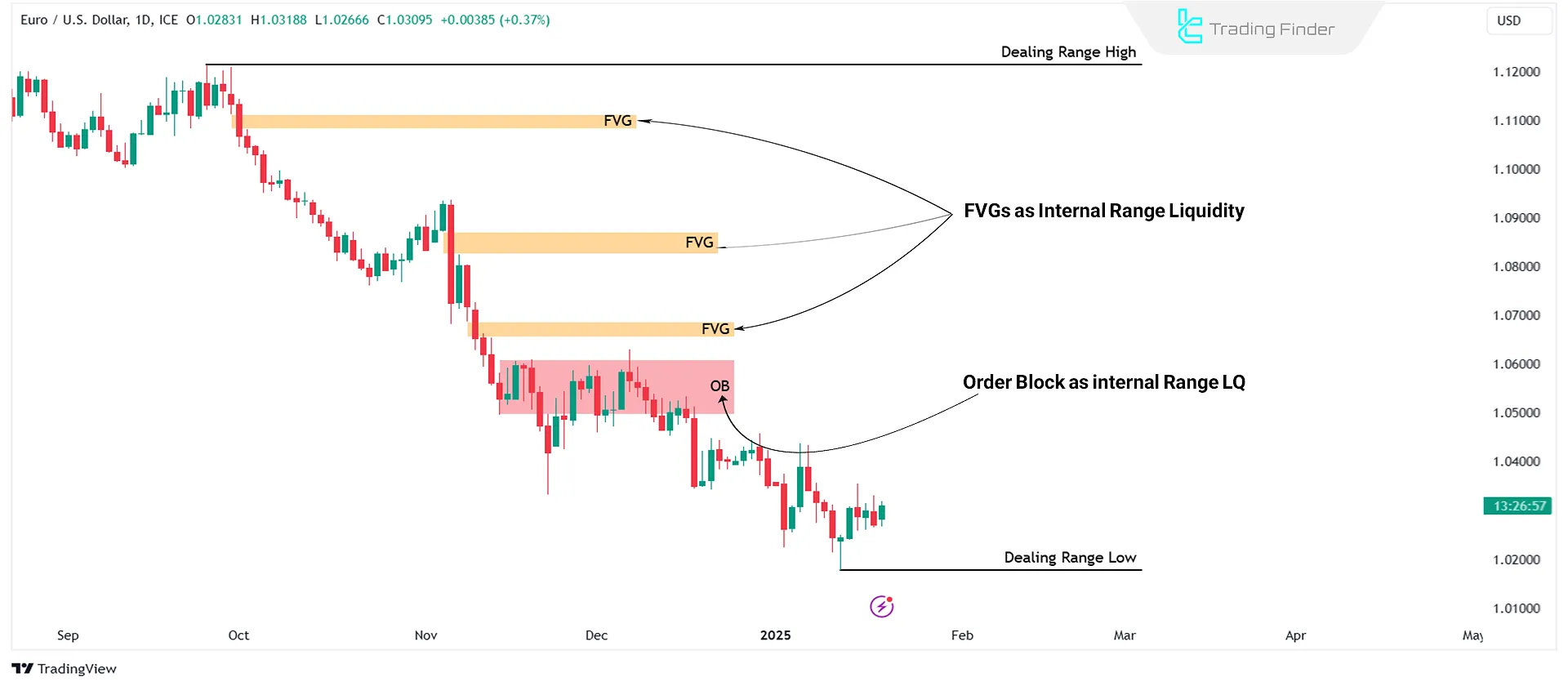
External Liquidity
External liquidity consists of major highs and lows, which the market moves toward to absorb liquidity.
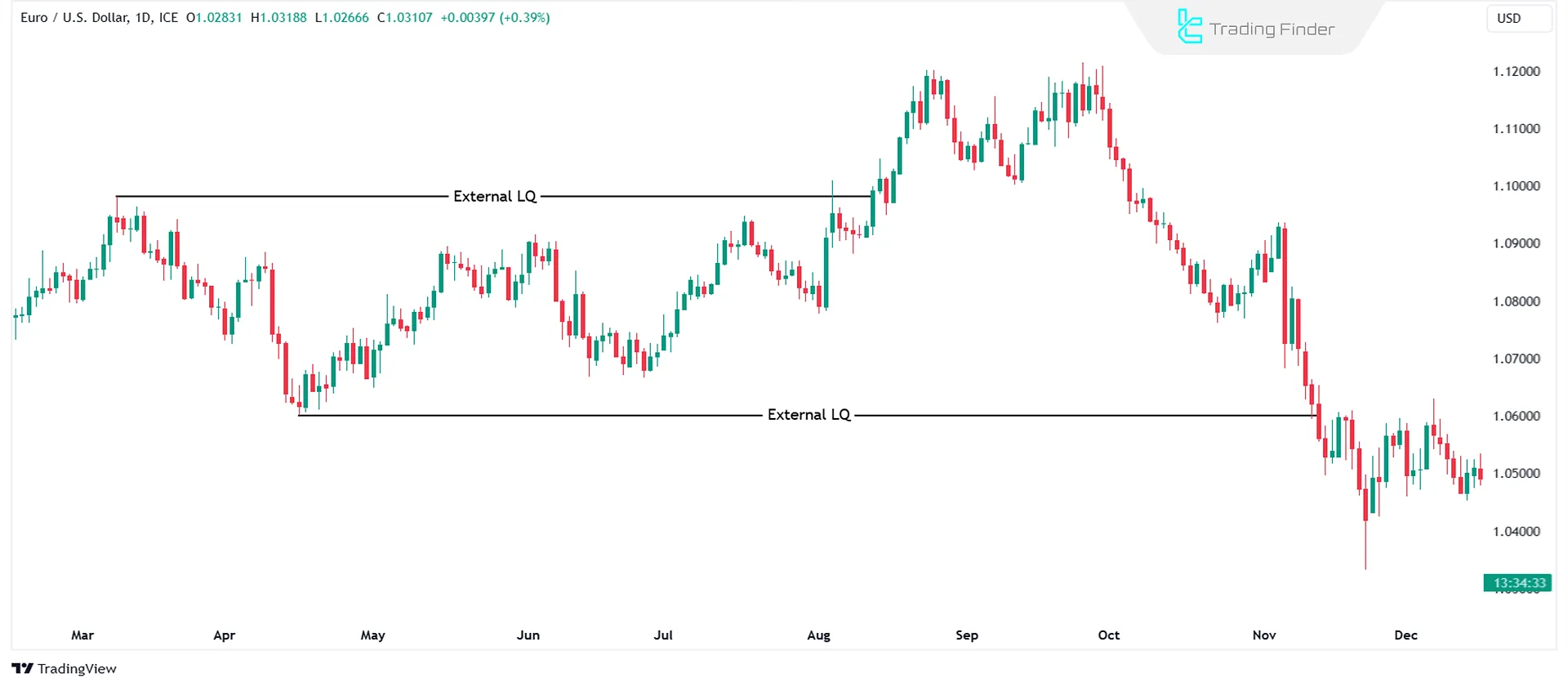
Which Liquidity Levels Are Most Important in Forex?
- Previous Month's High and Low (PMH/PML): Key levels that the market tends to move toward; these levels act as reversal points or price targets;
- Previous Week's High and Low (PWH/PWL): Provides insights from mid-term trends and helps to set entry and exit points;
- The Previous Day's High and Low (PDH/PDL): Helps forecast short-term price movements and identify entry points;
- Trading Session Highs and Lows: Each trading session (Asia, London, New York) has its liquidity dynamics. The highs and lows of each session act as key price targets.
What is the Draw on Liquidity (DOL)?
Draw on Liquidity (DOL) refers to the market's tendency toward internal and external liquidity zones.
Steps to Identify Draw on Liquidity (DOL)
- Identify External Liquidity: Locatemajor highs, lows, or equal levels in higher timeframes (daily or weekly);
- Identify Internal Liquidity: Find Fair Value Gaps (FVG) and Order Blocks in lower timeframes (1-hour or 15-minute charts);
- Observe the Movement Between Internal and External Liquidity: Price generally moves from internal liquidity toward external liquidity and vice versa;
- Monitor Market Structure Shift (MSS): If the price breaks through an internal liquidity zone and moves toward external liquidity, the market structure changes to form a new trend;
- Confirm with Lower Timeframes: Use lower timeframes (5-minute or 1-minute) to accurately time entry and exit points.
High-Resistance Vs Low-Resistance Liquidity
High-resistance and low-resistance liquidity are key ICT liquidity concepts, helping traders analyze market behavior in liquidity absorption zones.
Low-Resistance Liquidity (LRL)
Low-resistance liquidity occurs when the market reverses quickly without absorbing liquidity. This phenomenon is also known as a Failure Swing.
Examples of LRL
- Failure Swing at Highs: If the price fails to break a previous swing high in a downtrend, it forms a failed swing high;
- Failure Swing at Lows: In an uptrend, if the price fails to break a previous swing low, it forms afailed swing low.
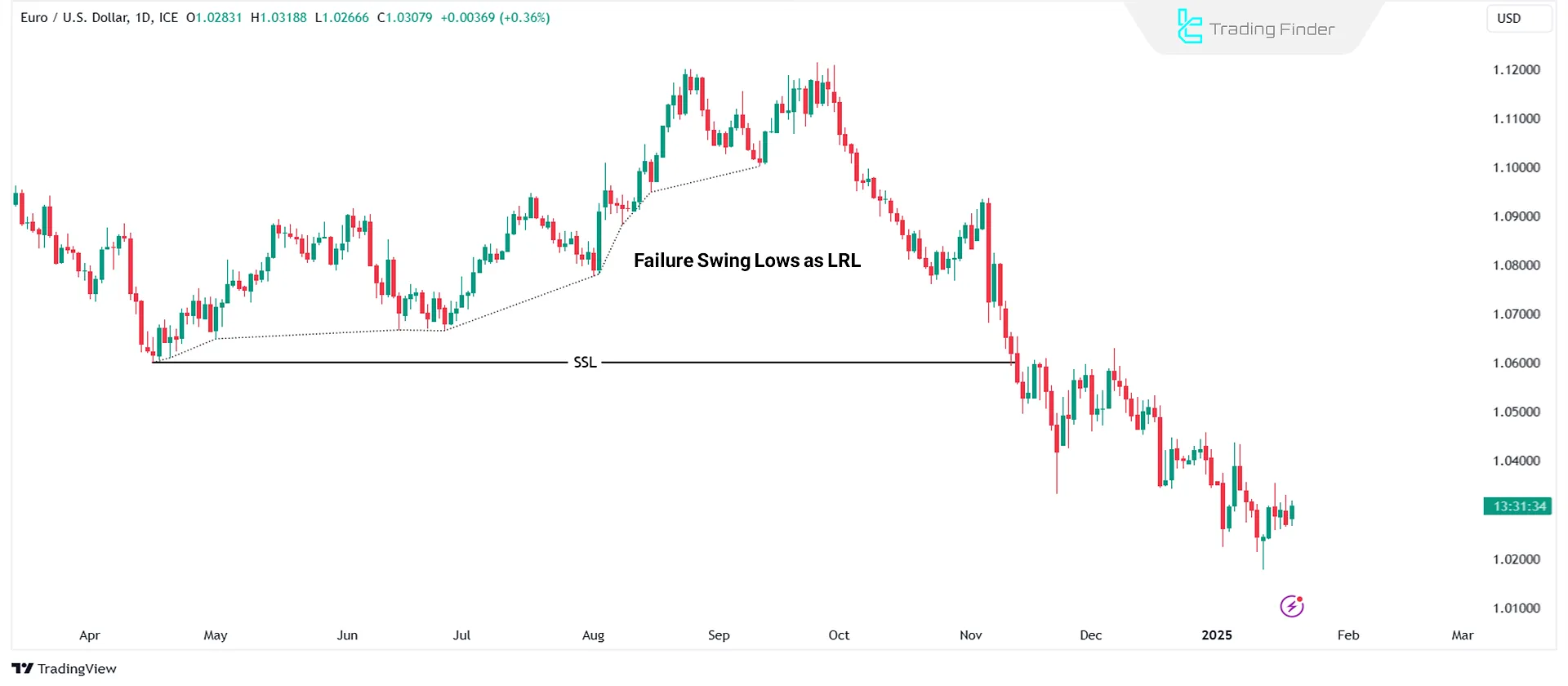
High-Resistance Liquidity (HRL)
High-resistance liquidity occurs when the market absorbs liquidity before reversing.
This often happens when the price breaks a high in an uptrend or breaks a low in a downtrend before reversing.
Examples of HRL
- Break and Reversal at Highs: The market absorbs buy-stop orders above a high, then quickly reverses downward;
- Break and Reversal at Lows: The market absorbs sell-stop orders below a low, then moves upward.
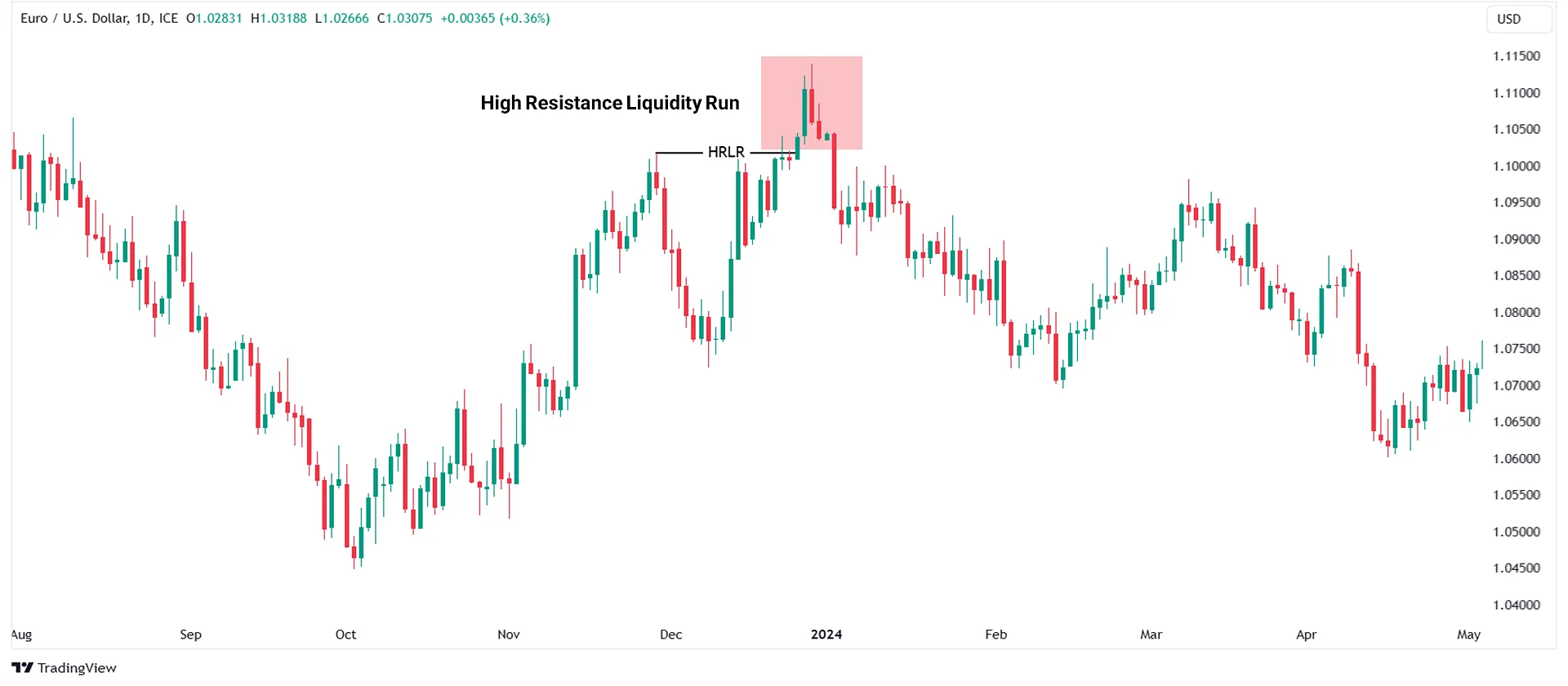
Conclusion
Understanding buy-side liquidity, sell-side liquidity, internal liquidity, and external liquidity is crucial for order flow analysis and predicting price movements.
Key liquidity areas such as daily, weekly, and monthly highs and lows help identify reversal points, price targets, and ideal trade entries.



